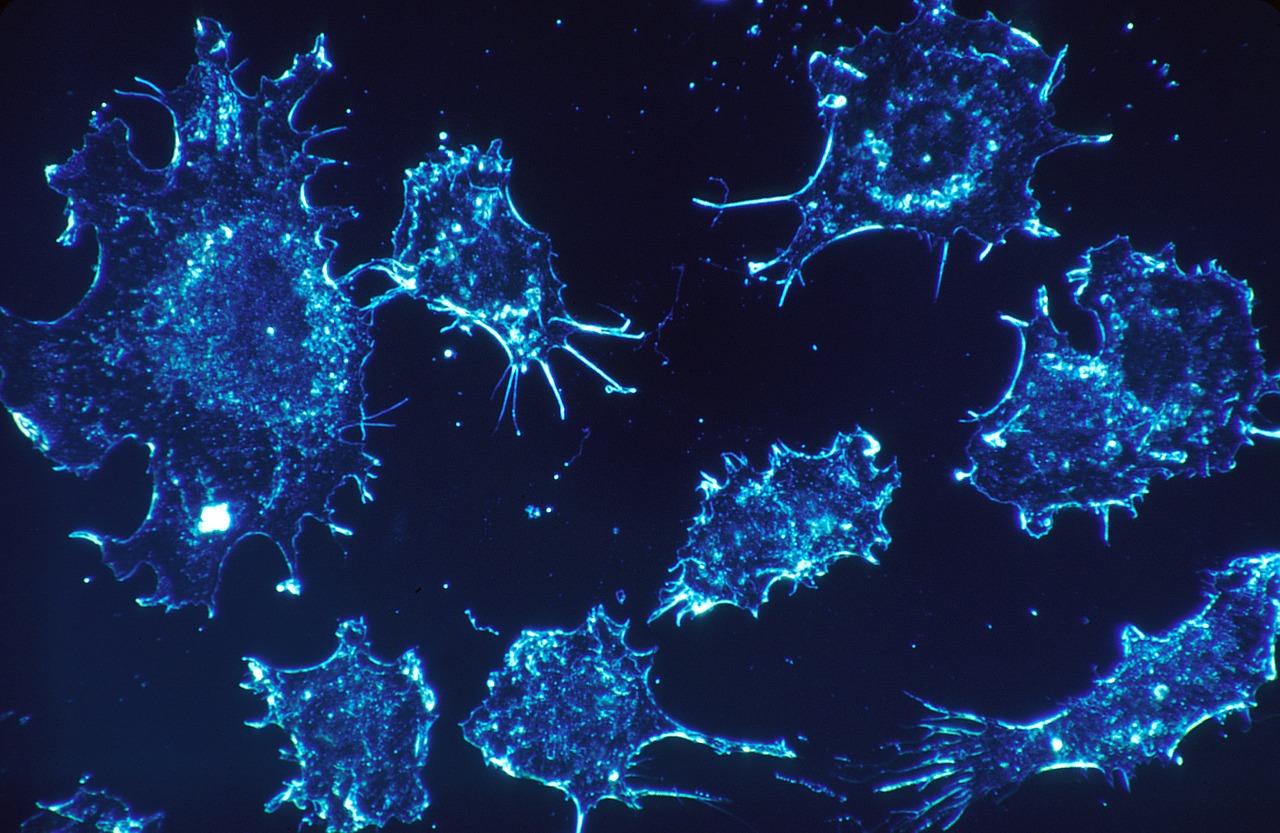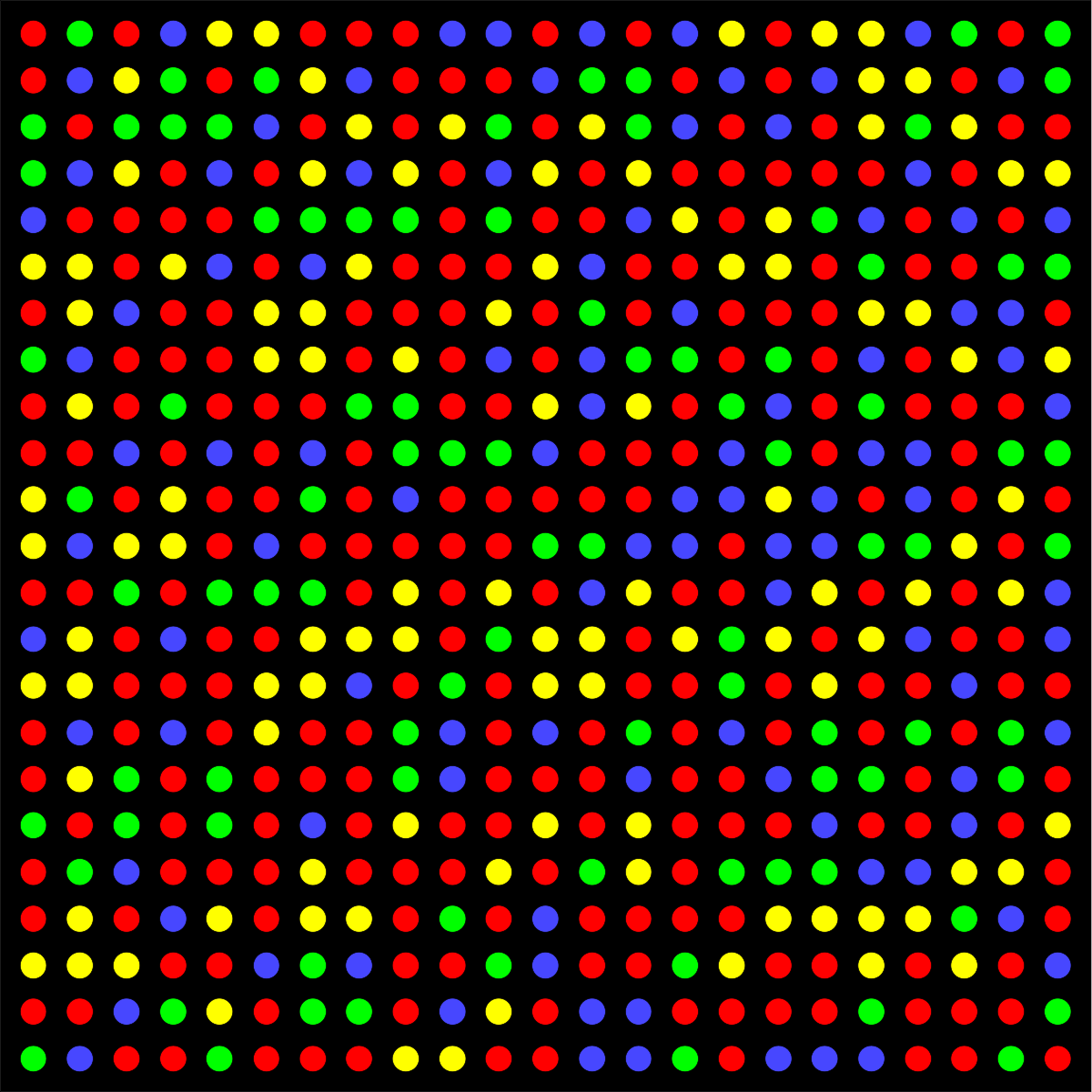Personal, Dense, Dynamic Data (PD3) Clouds are a central resource of the lab in the support of scientific wellness, P4 healthcare and disease studies. Initial focus has been on the collection genomic, metabolomic, proteomic and gut microbiomic data, along with digital health measures from wearables and lifestyle questionnaires. However, in principal, any longitudinal data collected from individuals can be incorporated PD3 clouds to contribute to the global quantification and understanding of the individual for the purpose of tracking (and intervening in) health trajectories.
PD3 clouds and their use are described in recent seminal publications from the lab:
Lessons Learned as President of the Institute for Systems Biology (2000-2018). Hood LE. Genomics Proteomics Bioinformatics. 2018 Feb;16(1):1-9. doi:10.1016/j.gpb.2018.02.002. PMID: 29496591
A wellness study of 108 individuals using personal, dense, dynamic data clouds. Price ND, Magis AT, Earls JC, Glusman G, Levy R, Lausted C, McDonald DT, Kusebauch U, Moss CL, Zhou Y, Qin S, Moritz RL, Brogaard K, Omenn GS, Lovejoy JC, Hood L. Nat Biotechnol. 2017 Aug;35(8):747-756. doi: 10.1038/nbt.3870. Epub 2017 Jul 17. PMID: 28714965
Featured Projects
-

Integrating Big Data with DOCKET
The “first mile” problem of translational research is: how to integrate the multitude of dynamic small-to-large data sets that have been produced by the research and clinical communities, but that are in different locations, processed in different ways, and in a variety of formats that may not be mutually interoperable. Integrating these data sets requires significant manual work downloading, reformatting, parsing, indexing and analyzing each data set in turn. The…
-

Discovering and Annotating Transposable Elements
Repetitive DNA, especially that due to transposable elements (TEs), makes up a large fraction of most eukaryotic genomes. Over 58% of the human genome is derived from transposition and duplication of these prototypically selfish sequences. While only 1 in 20 humans have a new germline TE insertion, the somatic TE activity in tumors, during neural development in the brain, or during creation of pluripotent stem cells has a dramatic impact…
-

Patterns of Healthy Aging in the Gut Microbiome
Objectives: Characterize ‘healthy/unhealthy aging’ trajectories from the perspective of the gut microbiome across the adult human lifespan. Investigate changes in gut microbiome composition predictive of mortality and longevity in elderly populations. Study the reflection of the identified gut microbiome aging patterns in host physiology, primarily through blood analytes. Summarizing paragraph: Despite considerable progress in understanding the human gut microbiome, very little is known about how gut microbial changes across age…
-

Predicting Cancer Phenotypes
This project aims to significantly advance our ability to study the complex mechanistic underpinnings of cancer using integrated multi-omic network models. Towards this goal, we are building metabolic networks relevant to cancer biology to serve as a mechanistic basis on which to ground statistical analyses of experimental multi-omic data. This collaborative systems-based approach for integrating and analyzing multi-omic information from regulatory network topology, signaling and metabolic pathways will lead to…
-

TReNa
The regulation of target genes by their transcription factors is complex and incompletely understood. Multiple signals involving core promoters, distal enhancers, epigenetic controls on chromatin accessibility, stochastic and cooperative binding on different times scales are all involved. Predictive modeling of these processes in fine detail and at scale is beyond our current capabilities. We know, however, that gene regulation usually includes two gross features which, independently, are poor predictors, but…
-

Manifestation of Polygenic Risk Scores
Transitions from health to disease are characterized by dysregulation of biological networks under the influence of genetic and environmental factors, often over the course of years to decades before clinical symptoms appear. Understanding these dynamics has important implications for preventive medicine. However, progress has been hindered both by the difficulty of identifying individuals who will eventually go on to develop a particular disease, and by the inaccessibility of most disease-relevant…
-

PARreto Task Inference Analysis on Multi-Omic Data
Objectives: Analyzing multi-omic data using Pareto task inference method Characterize archetypes of health states and reveal the trade-offs in the human wellness space Find biomarkers for early detection of transitions from health to disease state It is a challenge to answer questions like: Why some people develop a disease, react to a specific treatment and/or develop severe side-effects while others don’t. In order to explain these occurrences, one has to…
-

Transcriptional Regulatory Networks in Alzheimer’s Disease
We are using Transcriptional Regulatory Networks (TRNs) to better understand the causes and progression of Alzheimer’s disease. Our approach starts with measurements of gene expression in the brain, from which we create models that help to understand the changes in transcriptional regulatory structure that occur in Alzheimer’s disease. We are developing methods that help to identify cell-type specific changes in gene expression, as well as changes in gene regulation by transcription factors….
-

Predicting Gut Microbiome Diversity from Blood
Blood metabolome predicts gut microbiome α-diversity in humans Objectives: Study the reflection of gut microbiome in the bloodstream Find blood biomarkers for low, potentially problematic, gut microbiome diversity Study the complex interconnections between host metabolism, gut microbial composition, and human health. Summarizing paragraph: The microbes in our gut are important to our health, but we do not yet know how to tell if a particular mix of microbes is “healthy”….
-

Genotype, Genome and Data Fingerprints
Genotype, Genome and Data Fingerprints Soon, millions of individual human genomes with rich phenotype data will be available for analysis, posing a data management challenge and offering significant discovery opportunities. Rich genomic and phenomic knowledge will help improve our understanding of genome structure, function and evolution, and will translate into actionable opportunities for improving health and wellness. We have developed several algorithms and methods for studying and visualizing personal genome…
-

Biological Age
Biological Age, derived from molecular and physiological measurements, has been proposed to better predict mortality and disease than chronological age. We have leveraged longitudinal deep phenotyping data from a real world cohort to develop a computed estimate of biological age. In our studies, biological age relative to chronological age, was elevated in the presence of chronic disease, providing evidence for the value of our approach. Since biological age is modifiable,…



 hood-price.isbscience.org/research/pd3-clouds-computational-methods/
hood-price.isbscience.org/research/pd3-clouds-computational-methods/